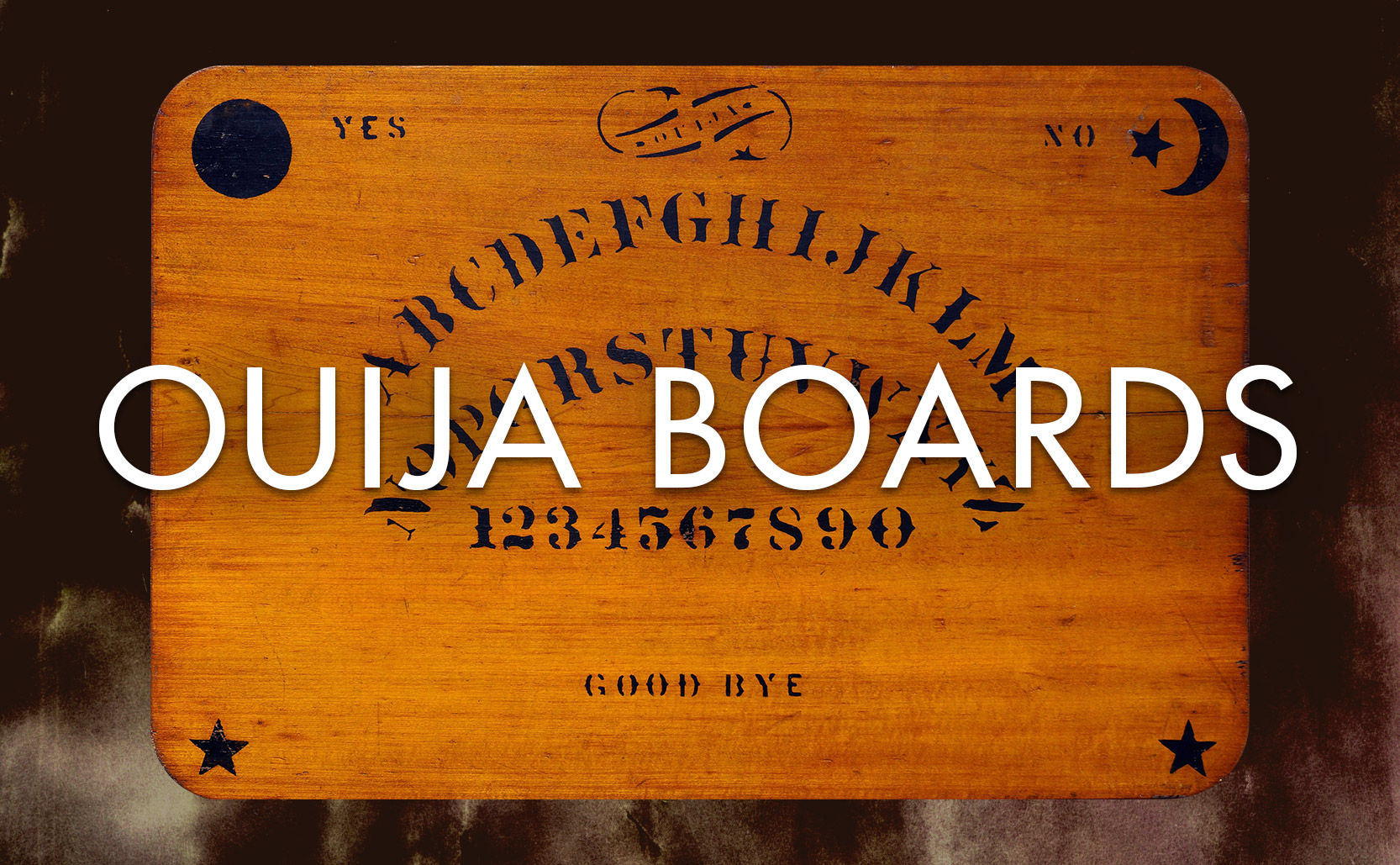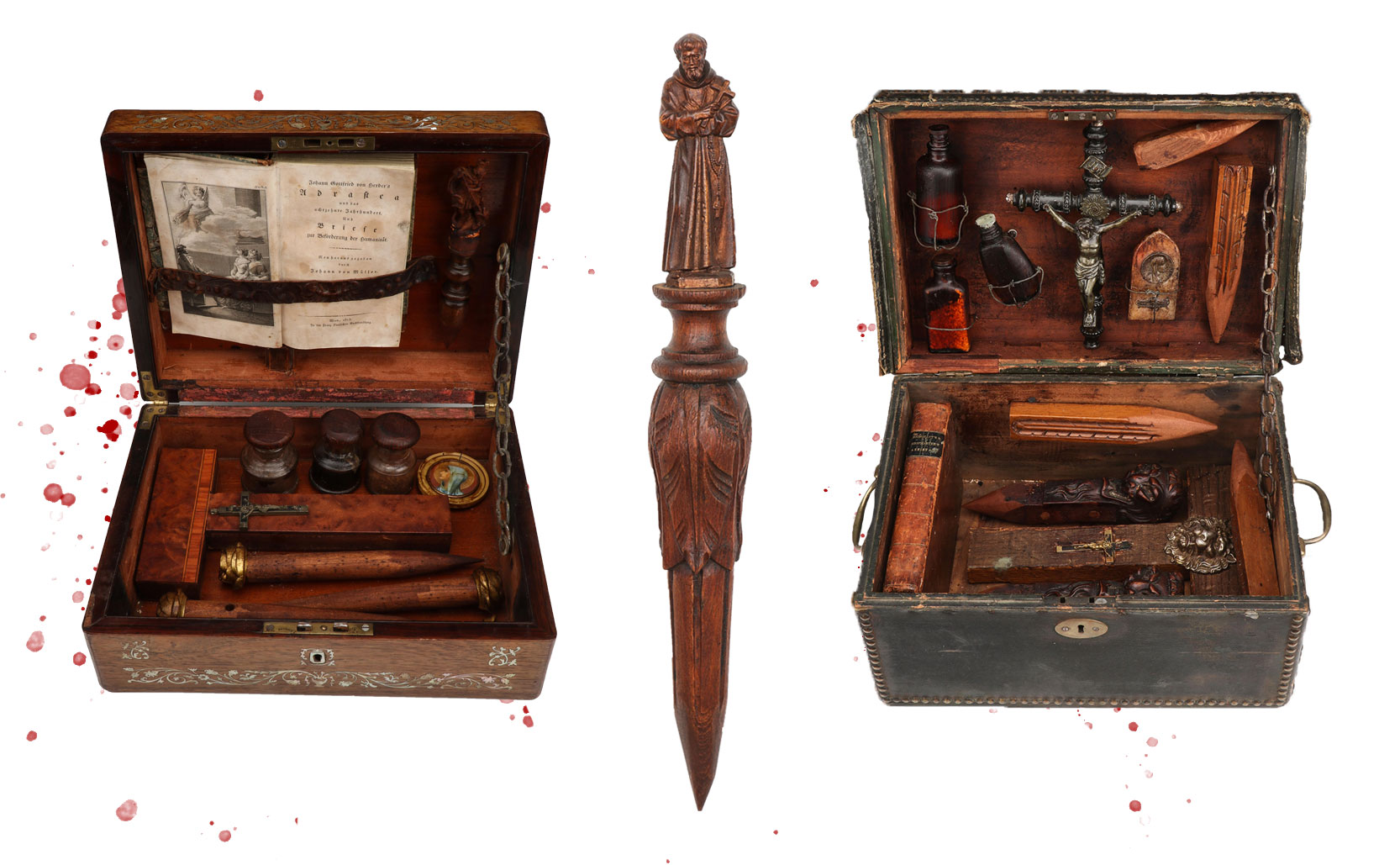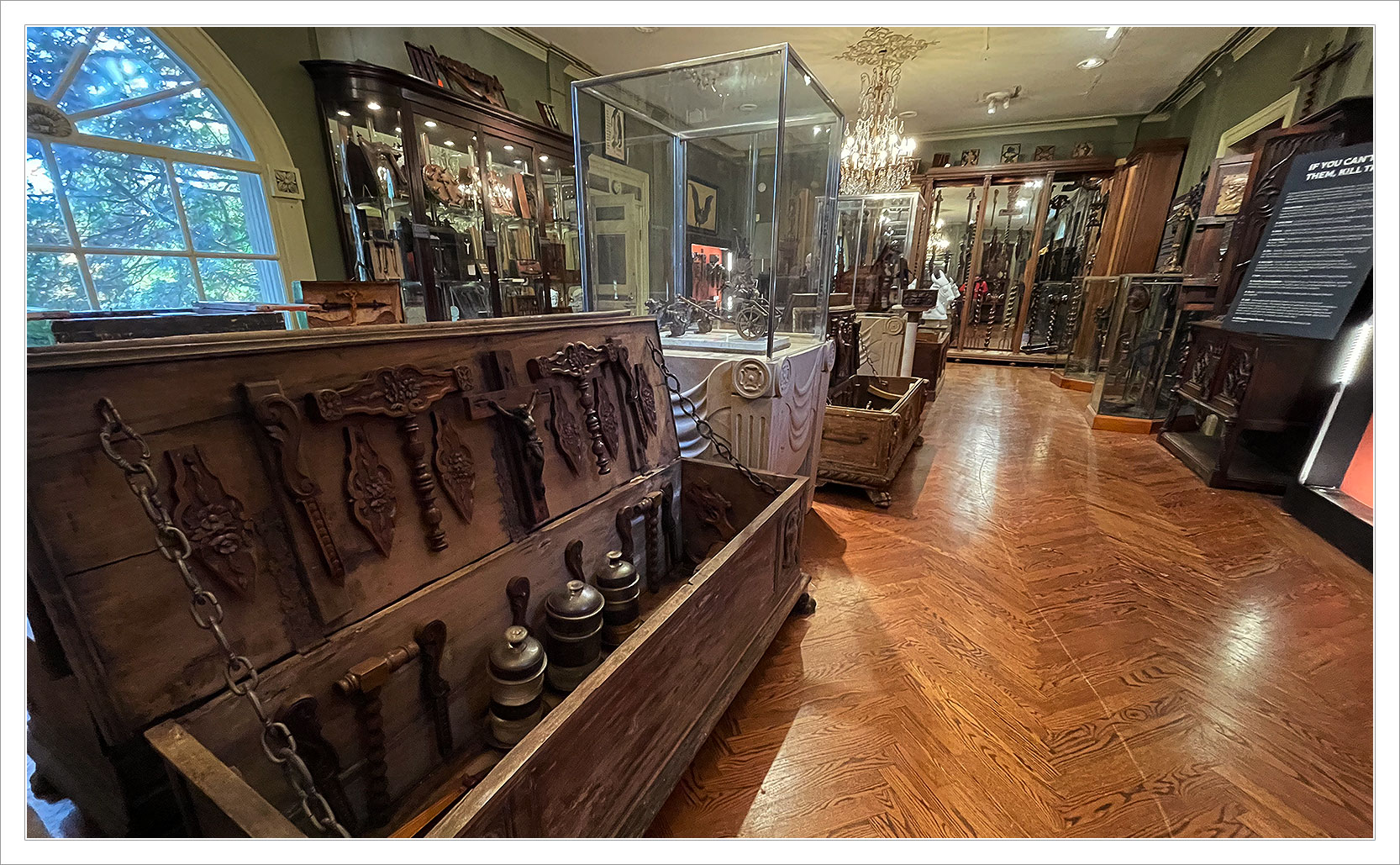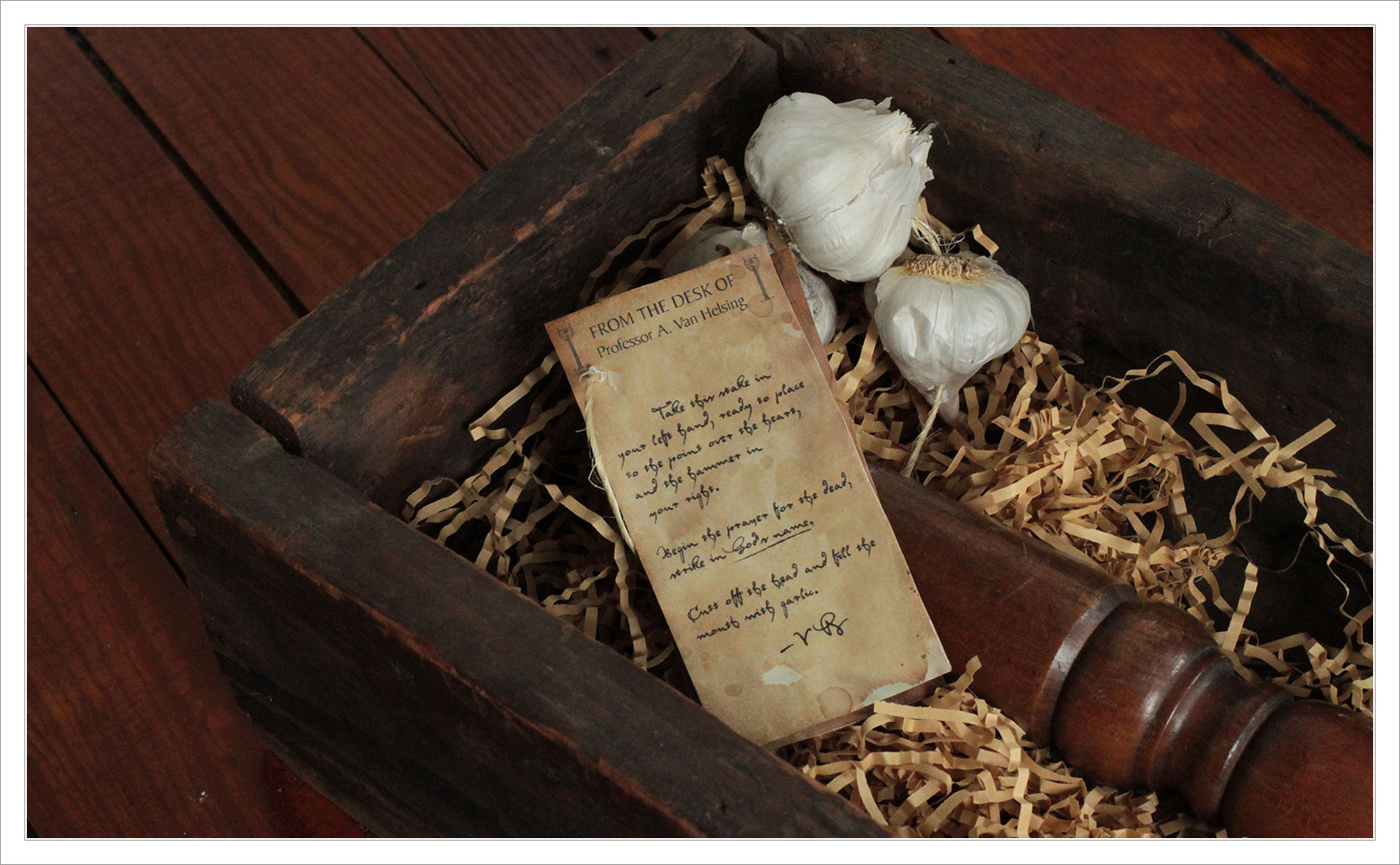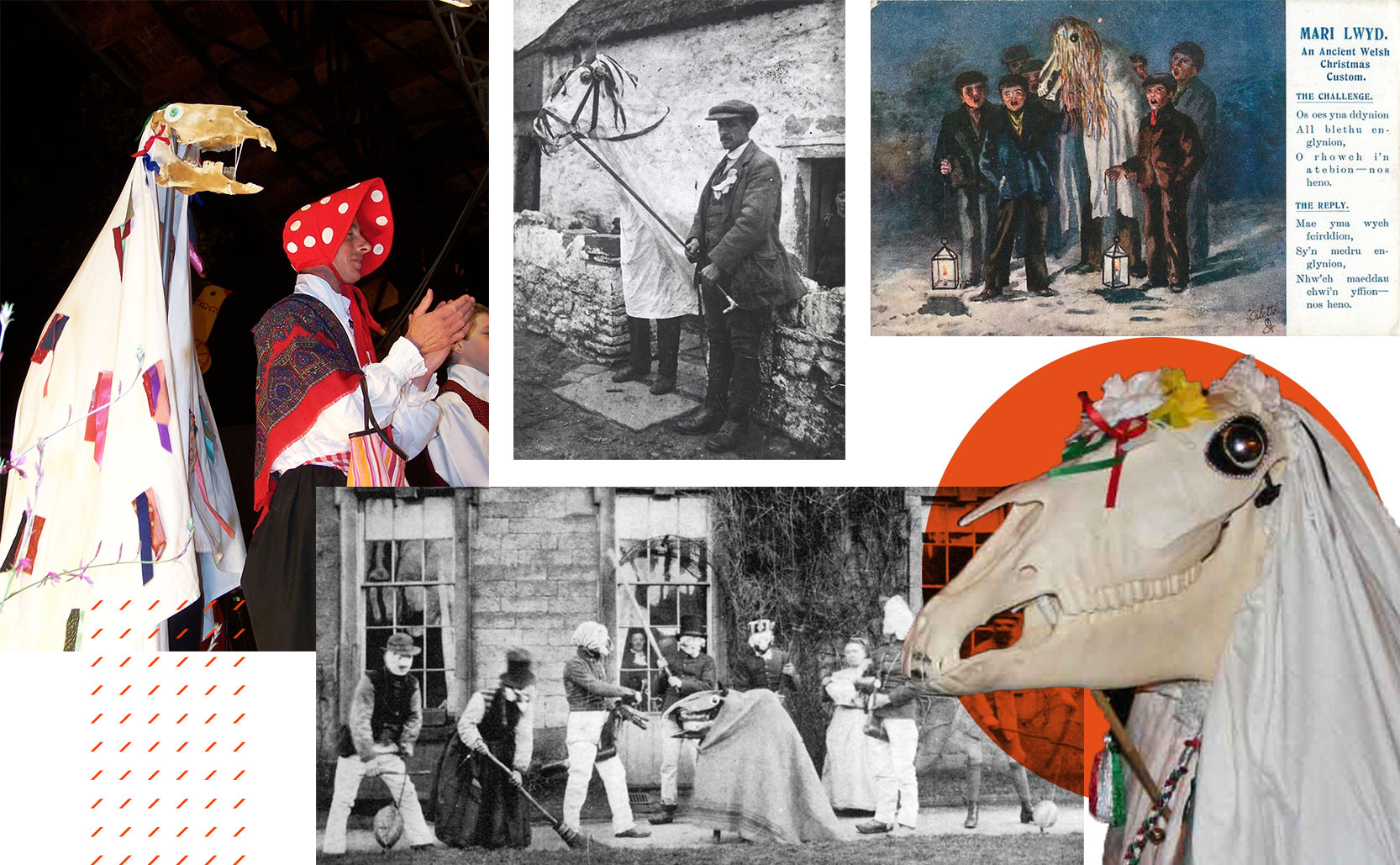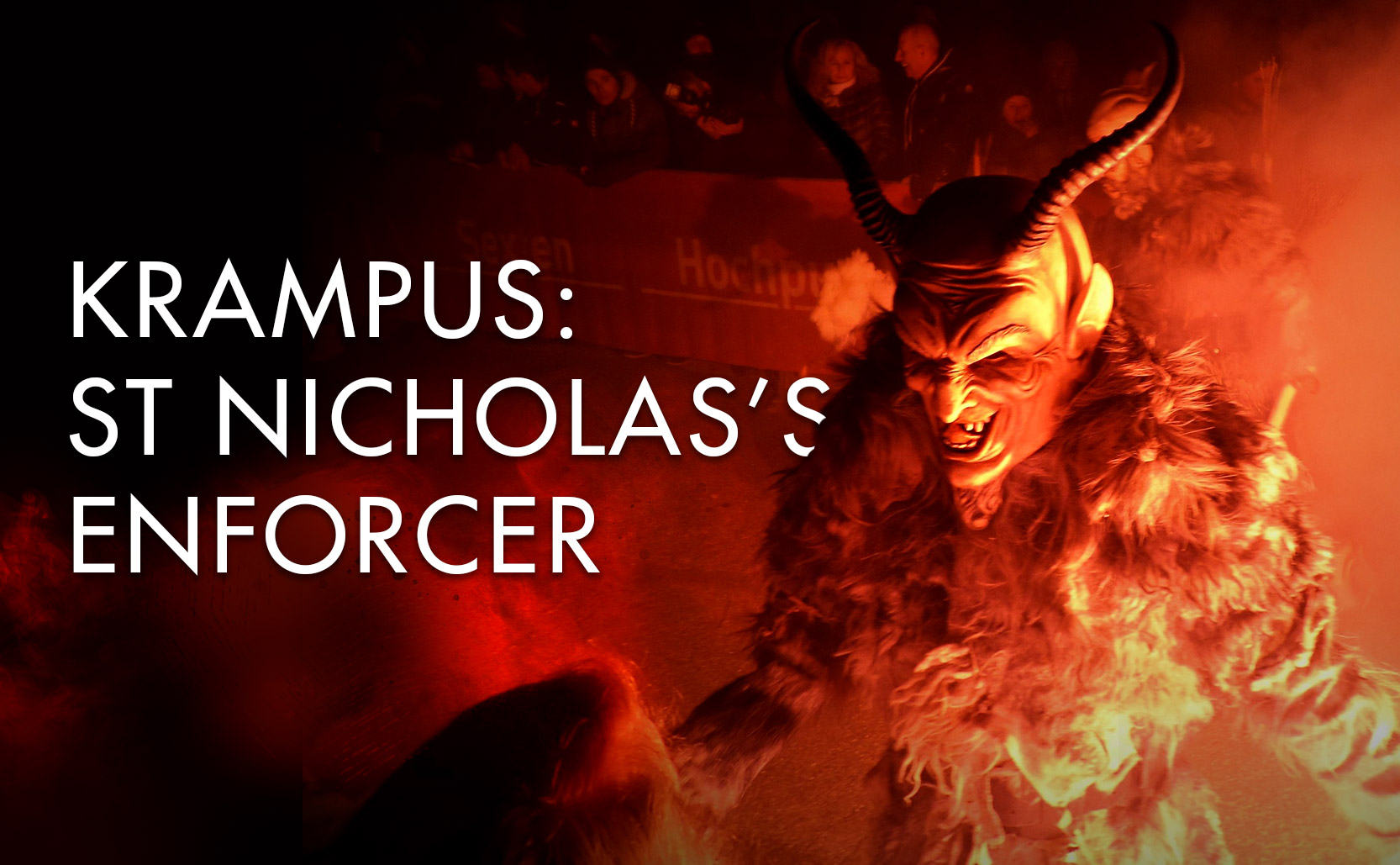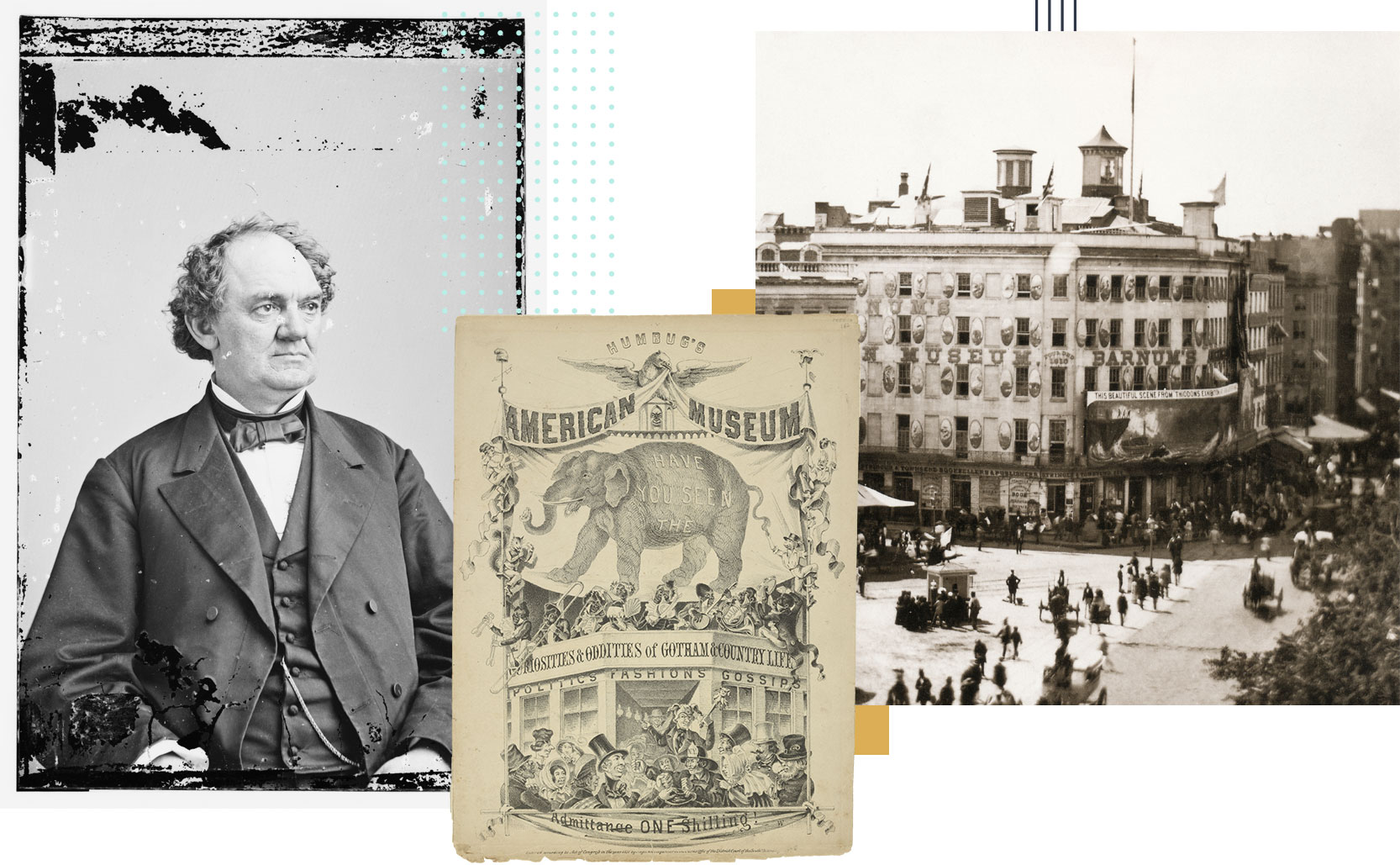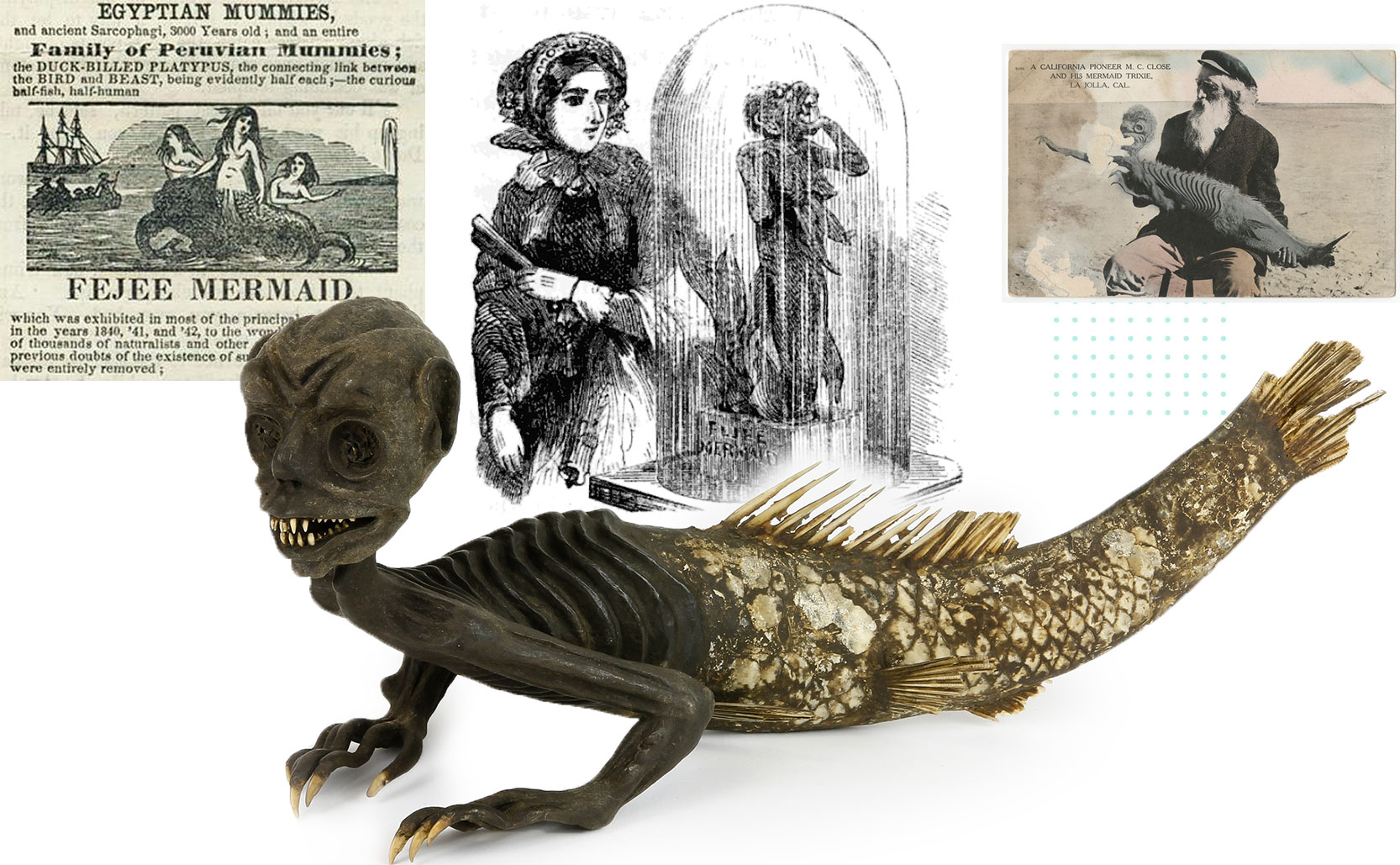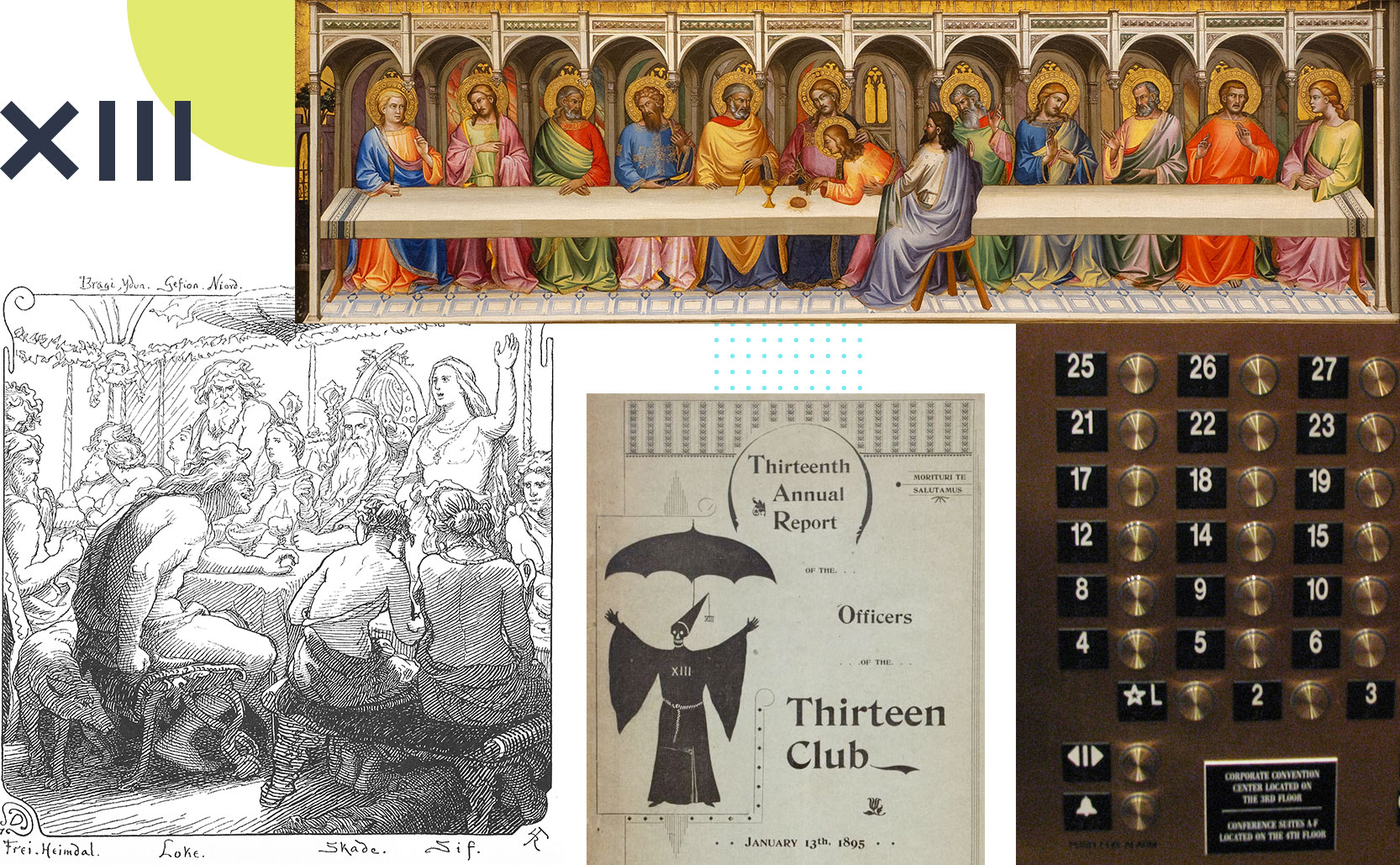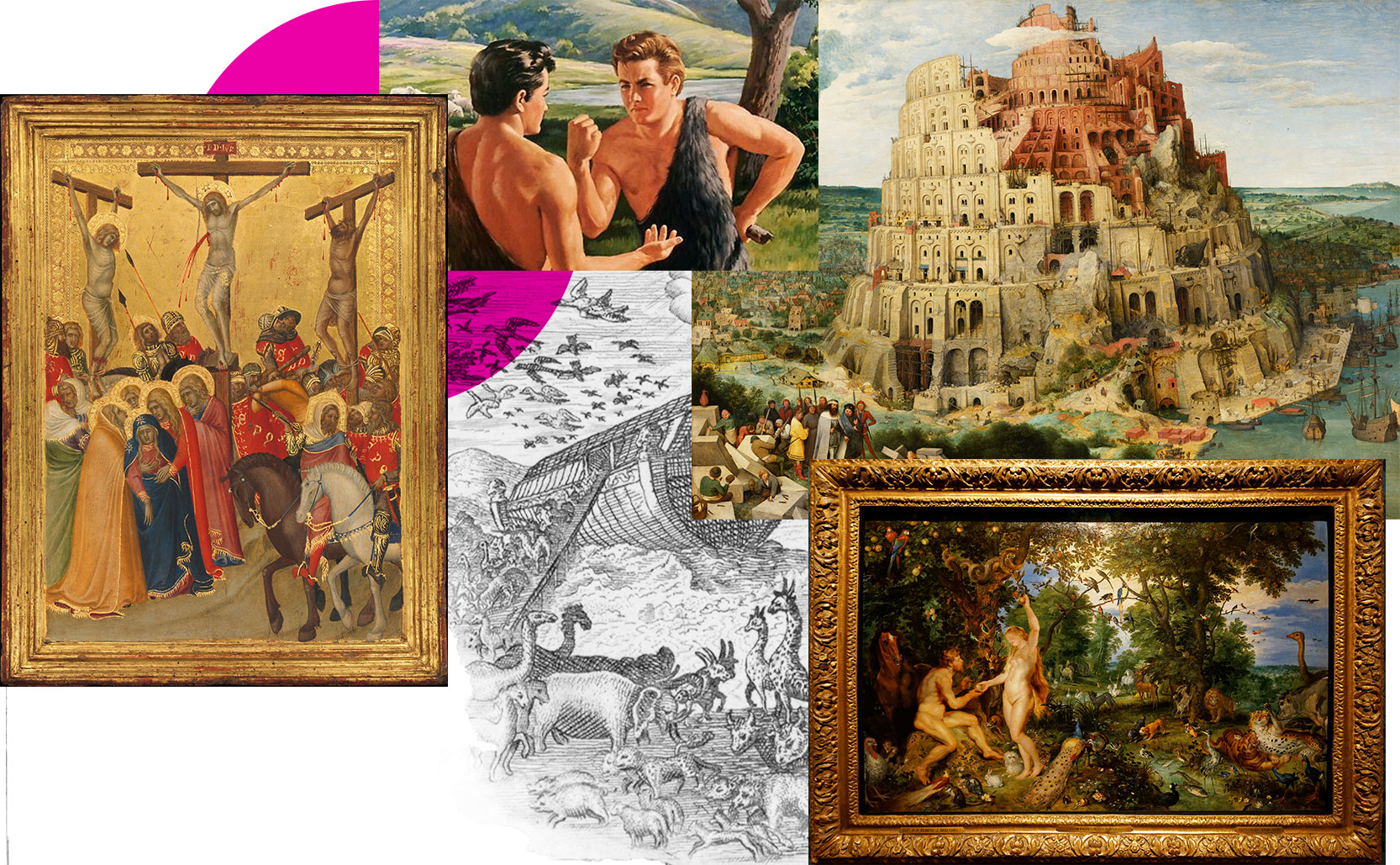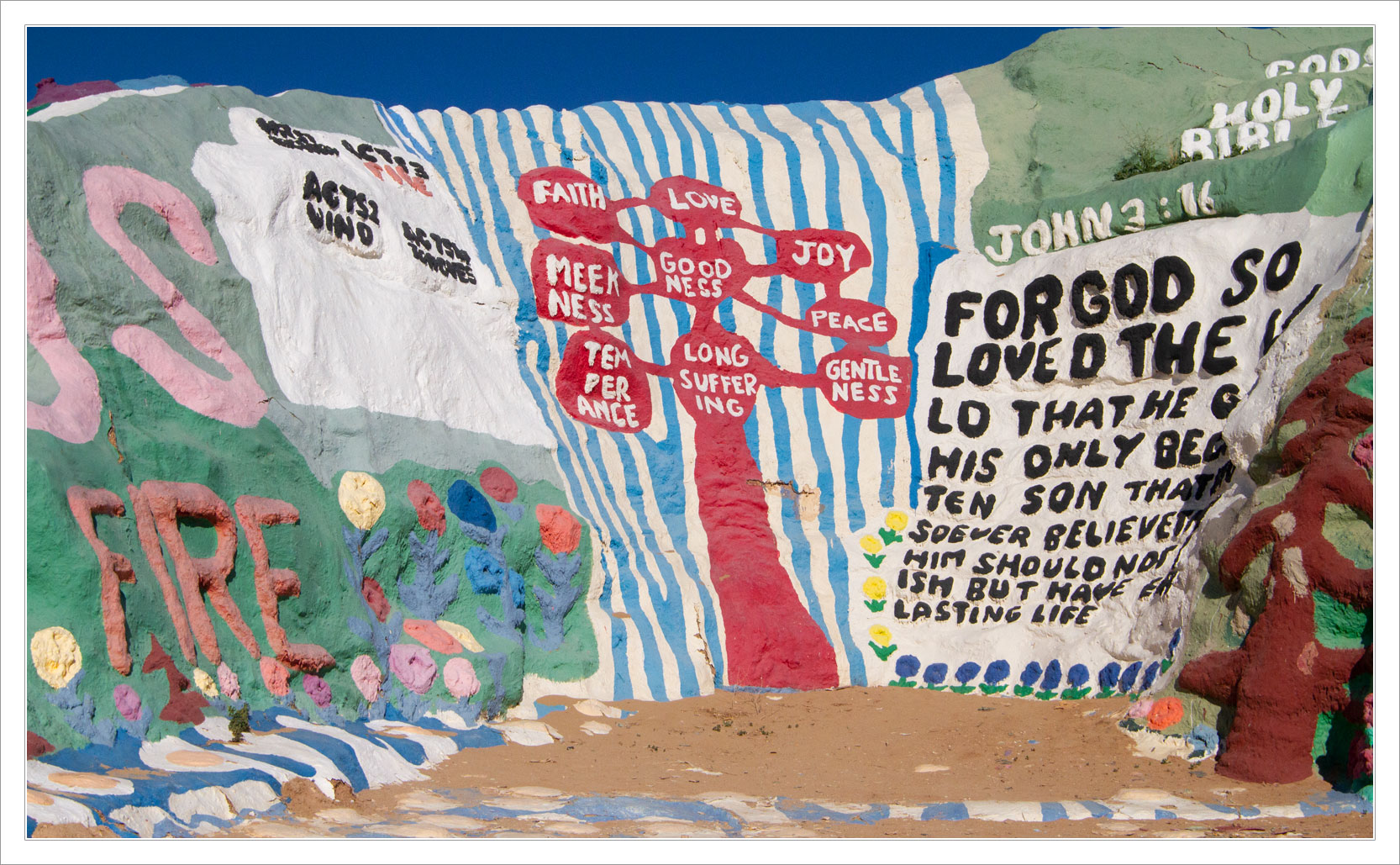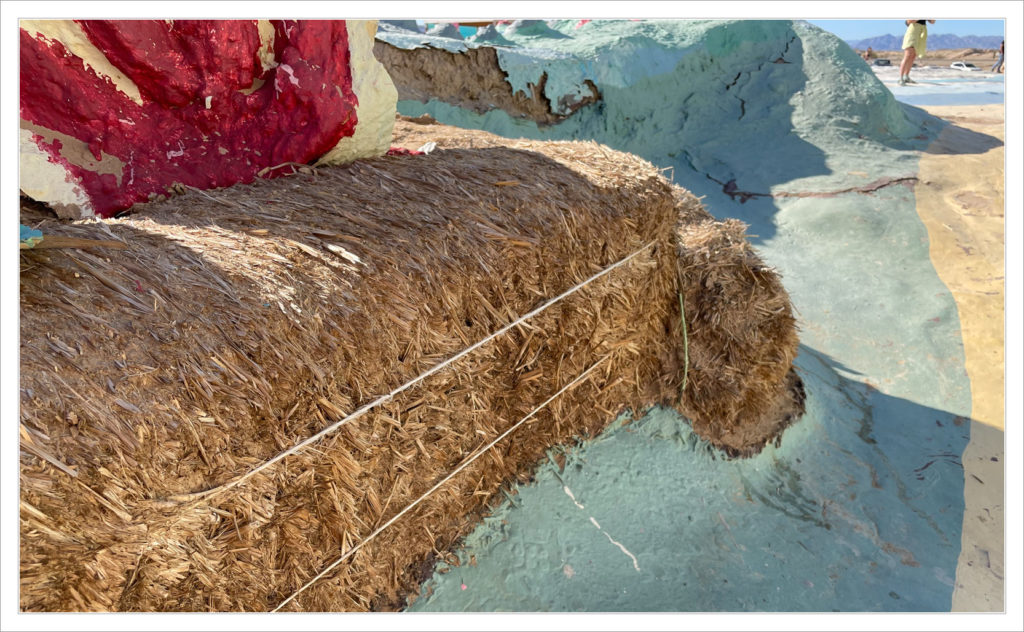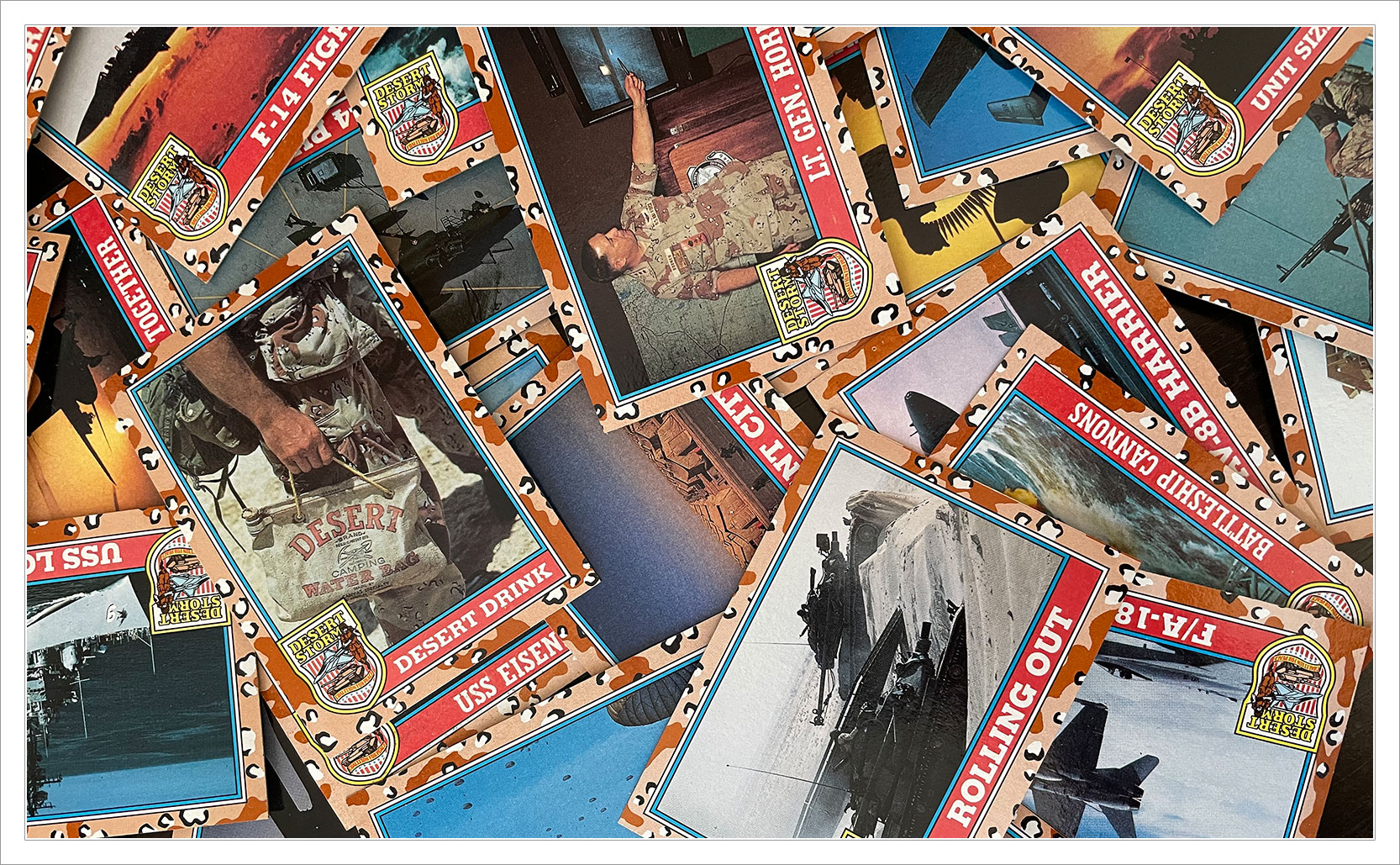Ouija Boards
The spooky talking board born out of spiritualism and a desire to be reunited with lost loved ones.
Ouija boards are a form of talking board (aka “witch board” aka “swami board”) – flat boards designed to allow dead spirits to communicate with the living. They have letters, numbers, and a few words printed on them which a spirit may point to by guiding people’s hands.
These boards were created during the 19th century spiritualism movement, a movement partially started by P.T. Barnum (if that’s any indication as to its amusing but largely fraudulent nature). The Fox sisters kickstarted the movement in 1848 when they claimed to have made contact with the spirit of a dead local peddler in upstate New York. Later they admitted their spiritual powers were a hoax, but only after they had profited from touring the country with the financial backing of Barnum.
The American Civil War killed hundreds of thousands of people leaving many relatives both emotionally distraught and wanting to speak to their lost loved ones one last time. This new spiritualism industry was happy to step in and connect the living to the dead. Spiritualism produced untold number of psychic mediums who claimed to have the ability to communicate through various means with the dead.
The simplest method of communication was a seance, where the medium would enter a trance-like state and speak for the spirits. Another method of communication was table turning / table tapping. With people seated around a table the table would move or jump up as letters of the alphabet were called out. Automatic writing was a method where a medium could hold a pen or pencil and in a trance write what a spirit was communicating to them. A variation of this used a planchette (French for “little plank”), a small flat pointer with a pencil attached to the front. The planchette would move as a spirit supposedly guided a person’s hand, writing or drawing a message. Automatic writing gave way to talking boards which used the planchette but instead of relying on an attached pencil (which often produced messy scribbles), talking boards had the planchette move & point to characters already printed on the board.
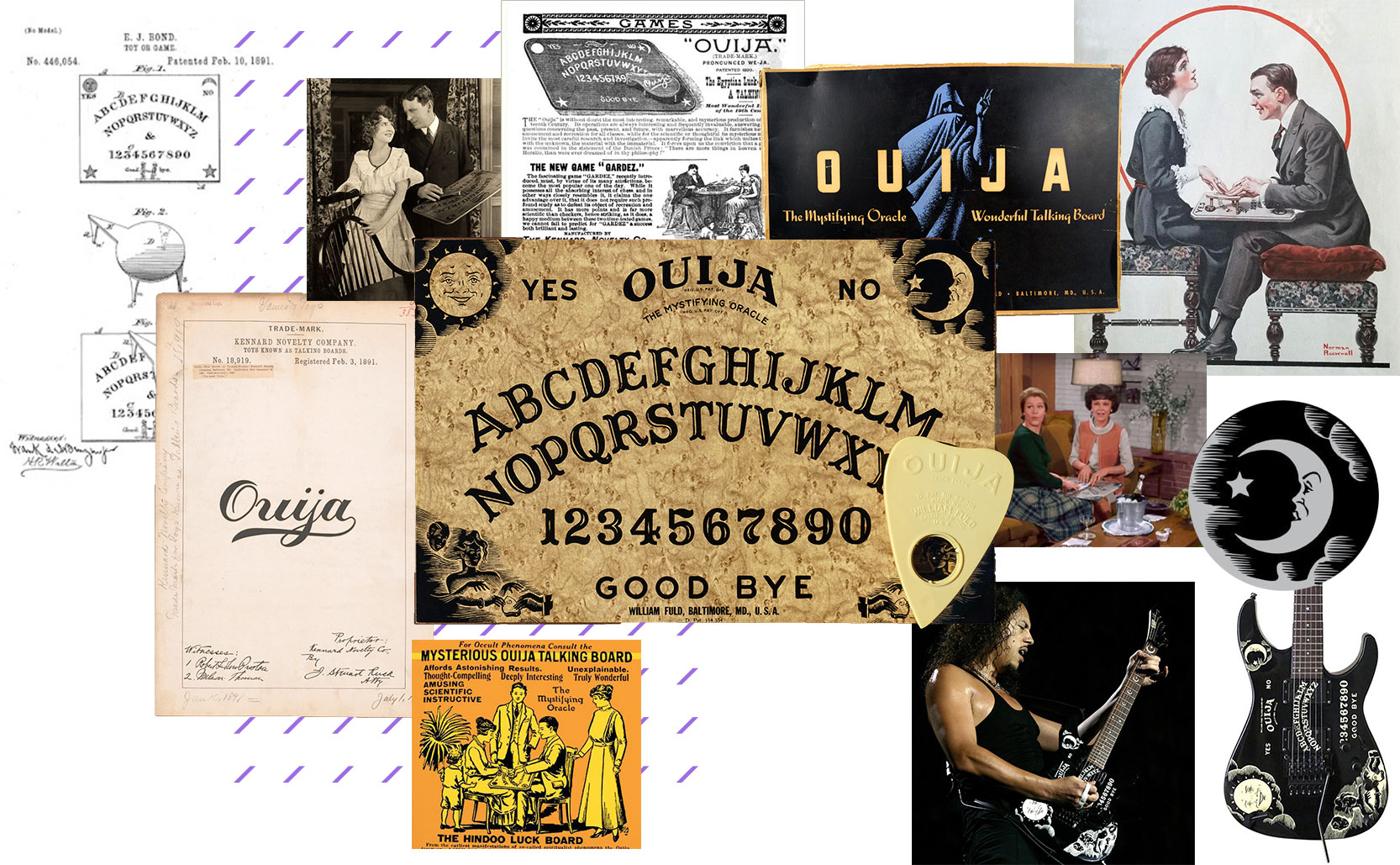
Good fortune
Talking boards got their start in 1880s spiritualists camps in Ohio and quickly became popular around the country. They were simple to make and easy to use. Talking boards were also faster in delivering a message than waiting for a table to move while reading out the alphabet. With no training you could use a talking board with others or on your own – no professional spiritual medium needed.
In 1886 the first company to produce a talking board resembling what the Ouija board would become was the W. S. Reed Toy Company of Massachusetts. A few years later in 1890 a small group of Baltimore business men took out a patent for their own version of the board which they called Ouija. Contrary to the internet factoid the board is not named for the French and German words for “yes” (“oui” and “ja”). The story is that the board named itself during a seance with psychic medium Miss Peters, sister-in-law of the board’s patent holder Elijah Bond. They claimed that “ouija” was an ancient Egyptian word meaning “good luck” – which it isn’t.
In 1891 Ouija became mass produced and heavily marketed by the Kennard Novelty Company. By 1892 they had 7 factories making boards. In subsequent years the company leadership changed, the company name changed, law suits were filed. Previous company managers would sometimes go off and produce Ouija knock-offs such as Volo boards and Oriole Talking Boards. Competitors also produced their own talking boards such as The Wireless Messenger and the Ido Psycho Ideo Graph. After the accidental death of Ouija producer William Fuld in 1927 his children produced a variety of Ouija versions including the Electric Mystifying Oracle.
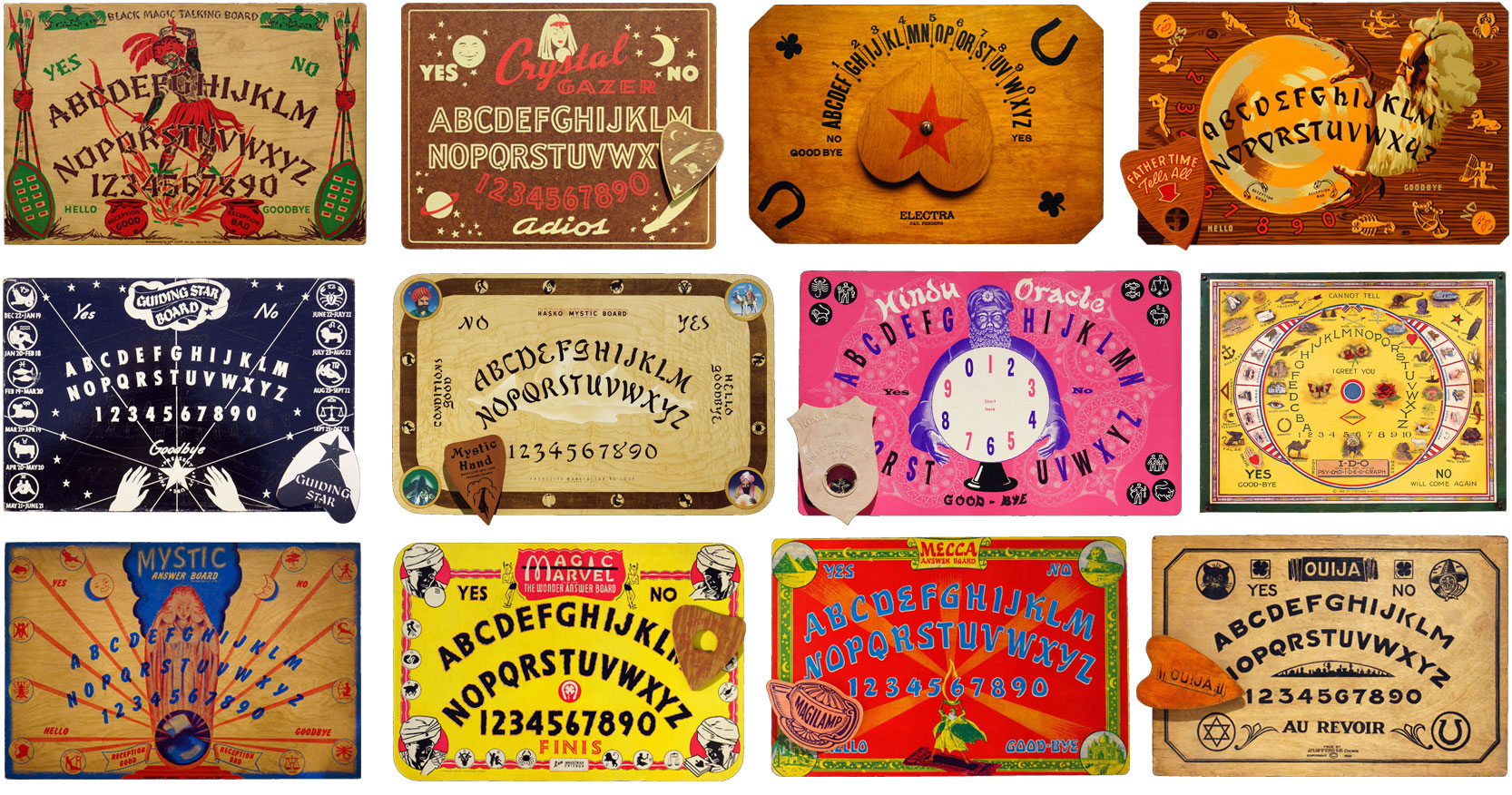
Ouija board, will you work for me
So whether it’s an Ouija board or some other talking board, how do they work? Sadly it is not paranormal, but curiously normal. The ideomotor phenomenon is when a person is making movements unconsciously. This effect is also present in dowsing rods, scam contraband detection kits (such as the ADE 651), psychic pendulums, etc.
In the case of the Ouija board the planchette travels the board by subtle unconscious movements of people’s hands while touching it. The more people touching the planchette the more deniability that you moved it at all, and when everyone thinks they haven’t moved it, it’s easy to think the paranormal is involved.
Today
The Ouija board’s popularity seems to rise from the dead during times of turmoil. While its origins are in post Civil War Spiritualism, it has risen in popularity during WWI, Prohibition, the Great Depression, and the Vietnam War. Ouiji boards have become a part of pop culture, seen across tv and film. Oujia boards continue to live on and today are manufactured by Hasbro.
You can learn more about Ouija boards, and talking boards of all sorts, at the Witchboard Museum with locations in Salem and Baltimore (birthplace of the Ouija board).

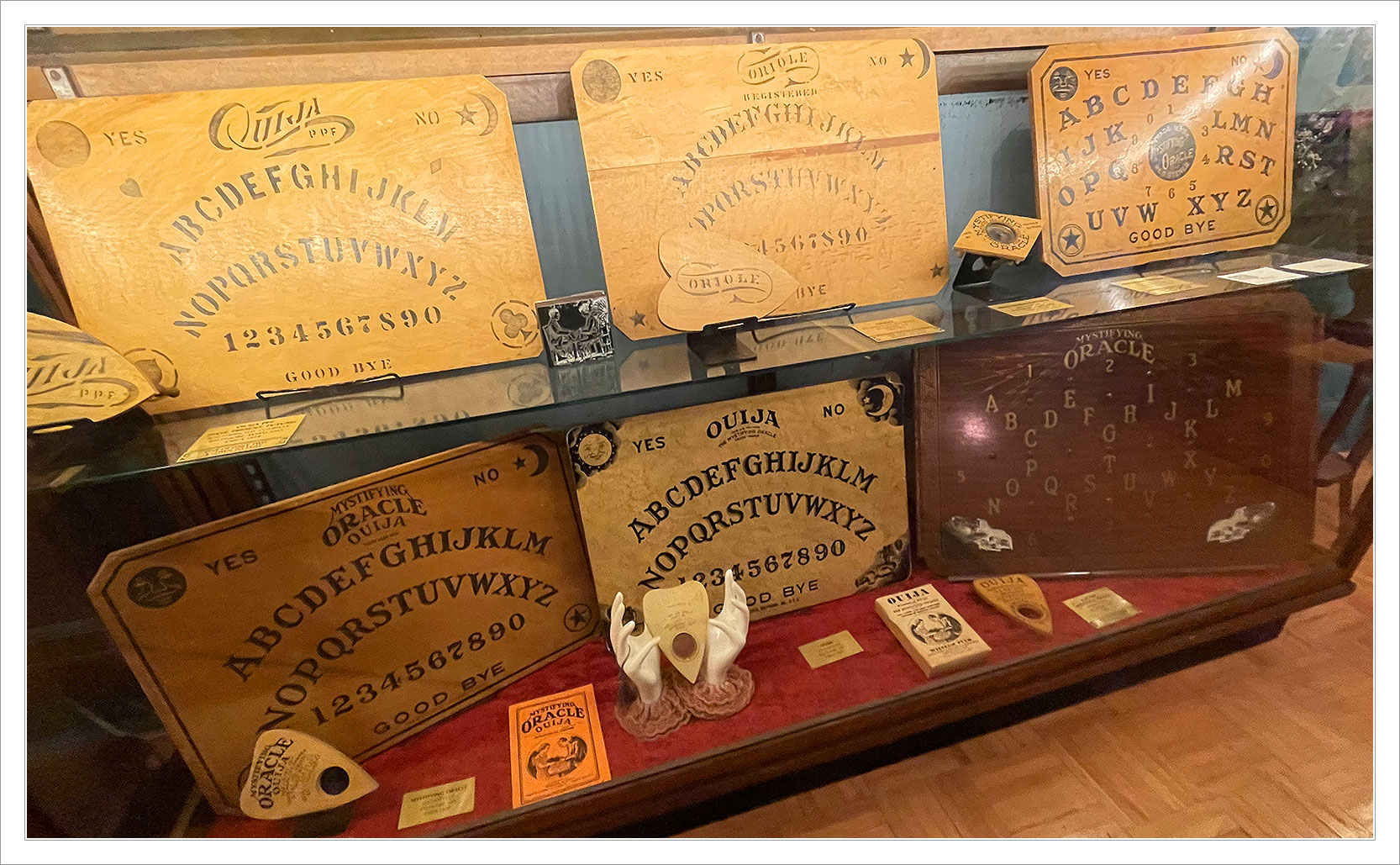
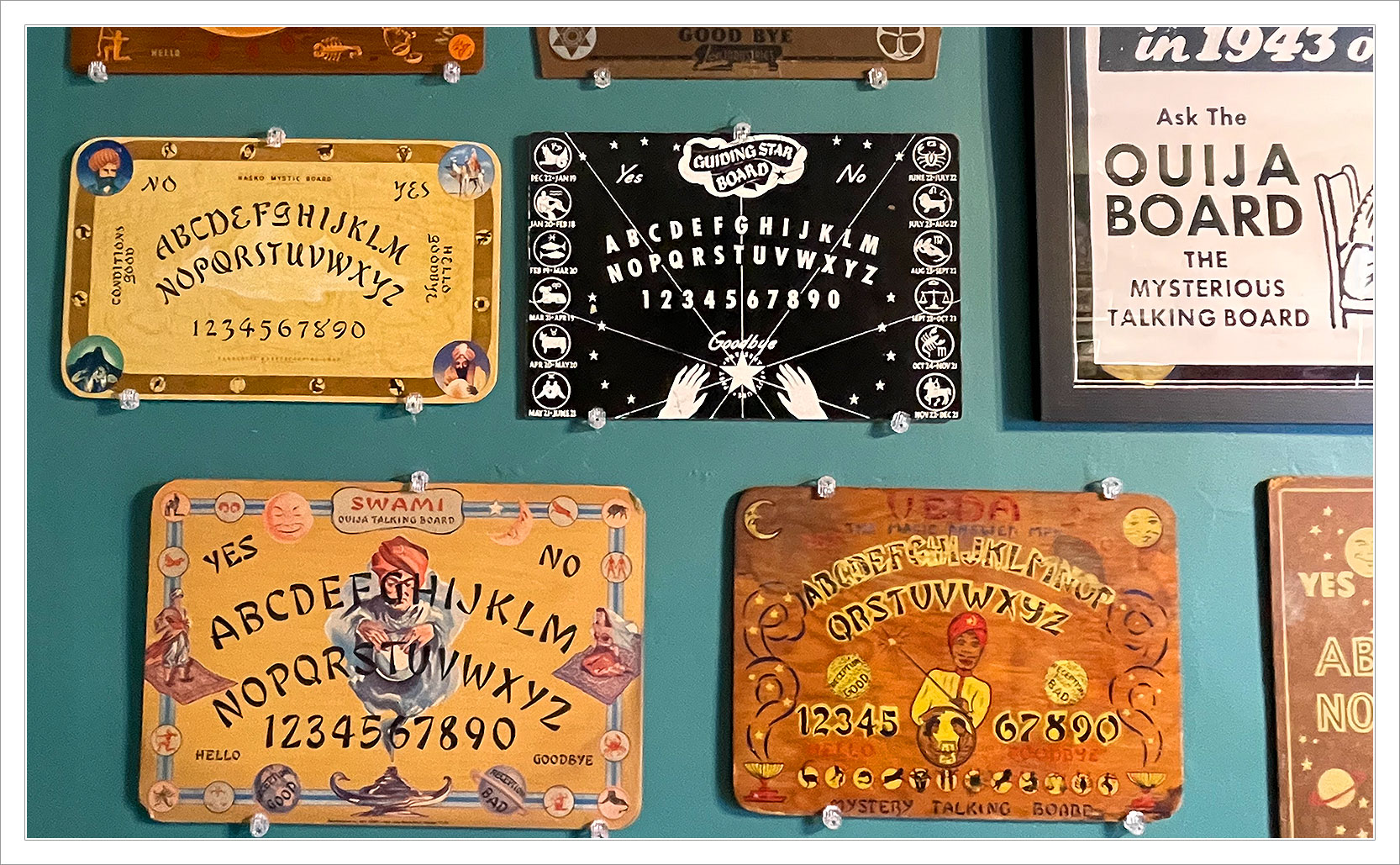
Added info: the Baltimore house where the seance took place when the Ouija board supposedly named itself now has a 7-11 on the ground floor. The store has a plaque commemorating the Ouija board which you can see just as you enter on the right behind the donut case.


